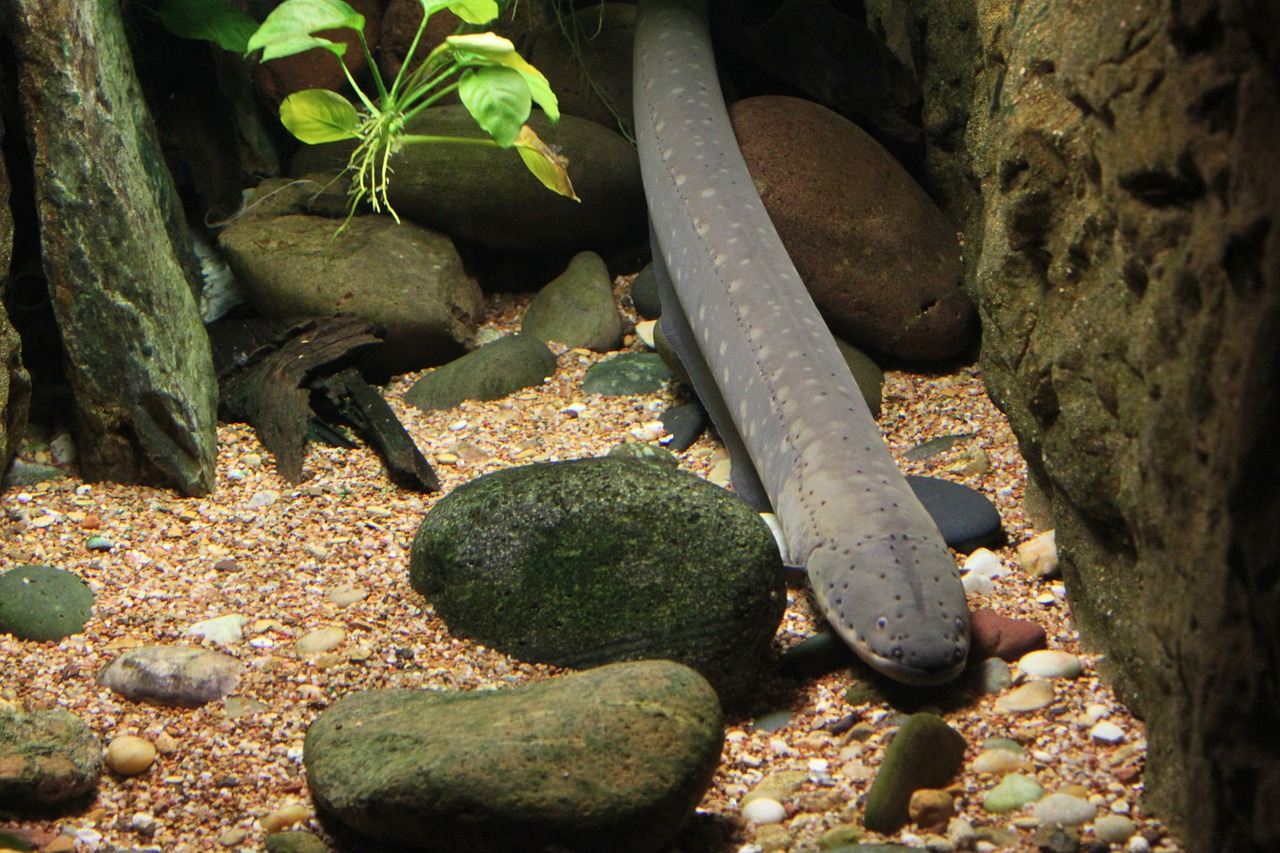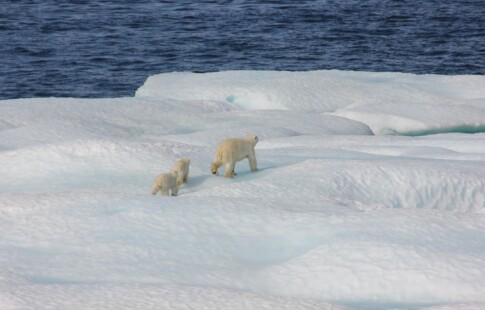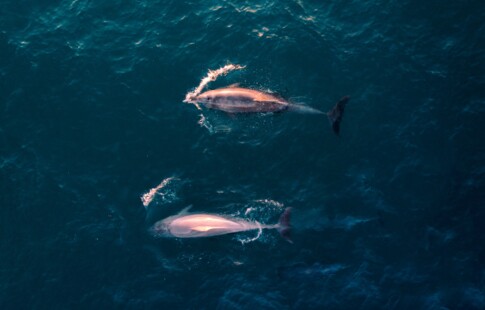
How Citizen Science Affects Ocean Health
We are reader-supported. When you buy through links on our site, we may earn affiliate commission.
Subject to legends, ruled by gods and viewed as the source of life, the vast ocean continues to captivate humanity’s heart and mind. The ocean is so vast that scientists alone struggle to collect enough data. Buoys and satellites provide a measure of assistance, but citizen scientists offer the most potential to gain the data necessary for analysis and exploration. Citizen science affects ocean health, so citizen assistance with data-gathering will benefit the ocean.
Asking Sailors to Gather Data
Sailors travel far and wide across the oceans, carrying cargo, fishing and enjoying the scenery — going farther than many researchers on a daily basis. Therefore, it only makes sense that scientists are asking sailors to gather data. The process entails attaching cheap, small sampling instruments to sailboats, cargo vessels or yachts. The collected data enables scientists to reach more accurate weather forecasts and climate change models. At sea, rescuers may quickly locate lost boats and planes thanks to this data.
Ocean research vessels cost over $30,000 daily to operate, plus the cost of the research team and processing the gathered data. Gliders and other environmental sample processors fill data gaps to a small degree, but often end up as ocean trash unless retrieved after an operation. Most research happens in the top 330 feet of the sea, and expanding research teams and budgets only helps a little. Asking sailors to contribute their mileage along with data goes a long way in increasing scientific data analysis and eliminating the use of models based on inferences.
The Ocean Abundant Awaits Citizen Scientists
Why not use satellites to measure the vast oceans? Satellite technology allows scientists to measure the globe, but what’s below the surface proves more difficult — darkness, heavy ocean pressure and gravity present obstacles.
Unlike mapping land details, the ocean blocks radio waves from satellites. Only 0.05 percent of the sea is mapped, roughly the size of Tasmania — with details good enough to locate airplane wreckage and undersea volcano vents. The sea floor is only mapped to a resolution of 5 km. Sonar systems on ships map a resolution of nearly 100 meters, and sailors and other citizen scientists are ideal to help with the job of mapping.
The ocean consumes 71 percent of the Earth’s surface while 95 percent of the ocean remains unexplored in detail. Everything below that 330 feet holds potential and knowledge yet unknown. Citizen science affects ocean health by gathering vital data that even technology can’t produce at this time.
Citizen Scientists Help Study Phytoplankton
The Secchi Study, through the Plymouth University Marine Institute, serves as one of the most extensive marine projects spearheaded by citizen scientists. Gathered data is produced by anglers, divers and sailors to map the sea’s phytoplankton, which are experiencing an increasing decline possibly due to climate change. Citizen scientists upload their data to the Secchi app in the form of photos and notes on ocean clarity, GPS location, water temperature and sea life observations. Those who participate have access to all the data submitted, as well as the institute.
Many researchers tasked with monitoring water quality at the opening of major riverway systems don’t possess enough resources to monitor it from river to stream to watershed. Citizen scientists who track water quality on a local basis help these researchers maintain quality water systems for all. Citizen scientists may each monitor a stream or lake, while a larger network tracks the quality of a watershed. Local impact on the oceans may be measured and contaminants stopped from the onset.
Watershed maps allow researchers and citizen scientists to trace stream and river paths to the ocean. Citizen scientists could link their local observations with NASA’s satellite observations of marine phytoplankton blooms to identify dead zones. The satellites cannot track dead zones directly, but citizen scientists can monitor chlorophyll concentration in the surface waters and watch for variations to track impact.
Citizen Scientists Provide Insight on Warming Oceans and Sea Life
Citizen scientists conducting thousands of surveys as part of a major study discovered that increasing ocean temperatures threaten shallow reef systems worldwide. The Reef Life Survey followed over 200 divers as they surveyed 2,406 sites around the world in 44 countries. The survey allowed researchers to gather data on an unprecedented global level over the past 10 years.
The data contributed to researcher understanding of various factors determining the effectiveness of marine-protected sites globally. An intrinsic insight from the survey revealed the link between the ratios of invertebrates to fish in a given ecosystem. Colder water habitats hold more invertebrates, while warmer waters contain more fish. As the oceans warm from climate change, researchers believe fish distribution will shift worldwide toward the poles and deeper oceans, where outsider fish compete with local fish populations.
Citizen scientists are vital to predict and protect the global impact of such factors on ocean health. They help improve researcher and public knowledge of how the ocean and Earth respond to change.
Student Citizen Scientists Help Endangered Eels
What do a bunch of kids holding a bucket in a creek have to do with science? This year, in Poughkeepsie, New York, area high school and college students donning rubber waders shifted through the freshwaters to pull up baby eels as citizen scientists on a mission. These young scientists monitored freshwater eel populations through the Hudson River Eel Project, created nearly a decade ago as researchers noted a reduction in eel catching as of 2008.
Historically, eels provided sustenance for humans, birds and other eels. Recently, many countries noted a reduction in eel populations due to overfishing, such as in Japan. As eels migrate into local eastern waterways from the sea, culverts and dams stop their progression upstream — also blocking food sources for ocean mammals, birds and fish. Baby eels maturing in freshwater environments contribute to the health of local ecosystems. Losing the baby eel populations means a major impact on local environments and the ocean.
The reduction of eel populations in Asian countries leads to a market in the United States where the eel may be overfished locally to fulfill supply and demand. Legalized eel fishing prevails only in South Carolina and Maine, but poaching increasingly concerns researchers. They don’t have the resources to produce the data needed to protect the eel population, but student citizen scientists are saving the endangered eels one bucket at a time.
Citizen Science Impact
Citizen scientists of all ages are vital to increasing the understanding of how oceans and the Earth respond to change, especially via human impact. This affects ocean health directly through the analysis of data gathered in local waterways and ecosystems, and the knowledge determined is a direct result of citizen scientists who take part in an all-hands-on-deck effort.
Powerful satellites and technology produce astonishing findings, but the vast, unexplored places of this Earth have always been meant for human eyes alone.
Share on
Like what you read? Join other Environment.co readers!
Get the latest updates on our planet by subscribing to the Environment.co newsletter!
About the author
Jane Marsh
Starting from an early age, Jane Marsh loved all animals and became a budding environmentalist. Now, Jane works as the Editor-in-Chief of Environment.co where she covers topics related to climate policy, renewable energy, the food industry, and more.





